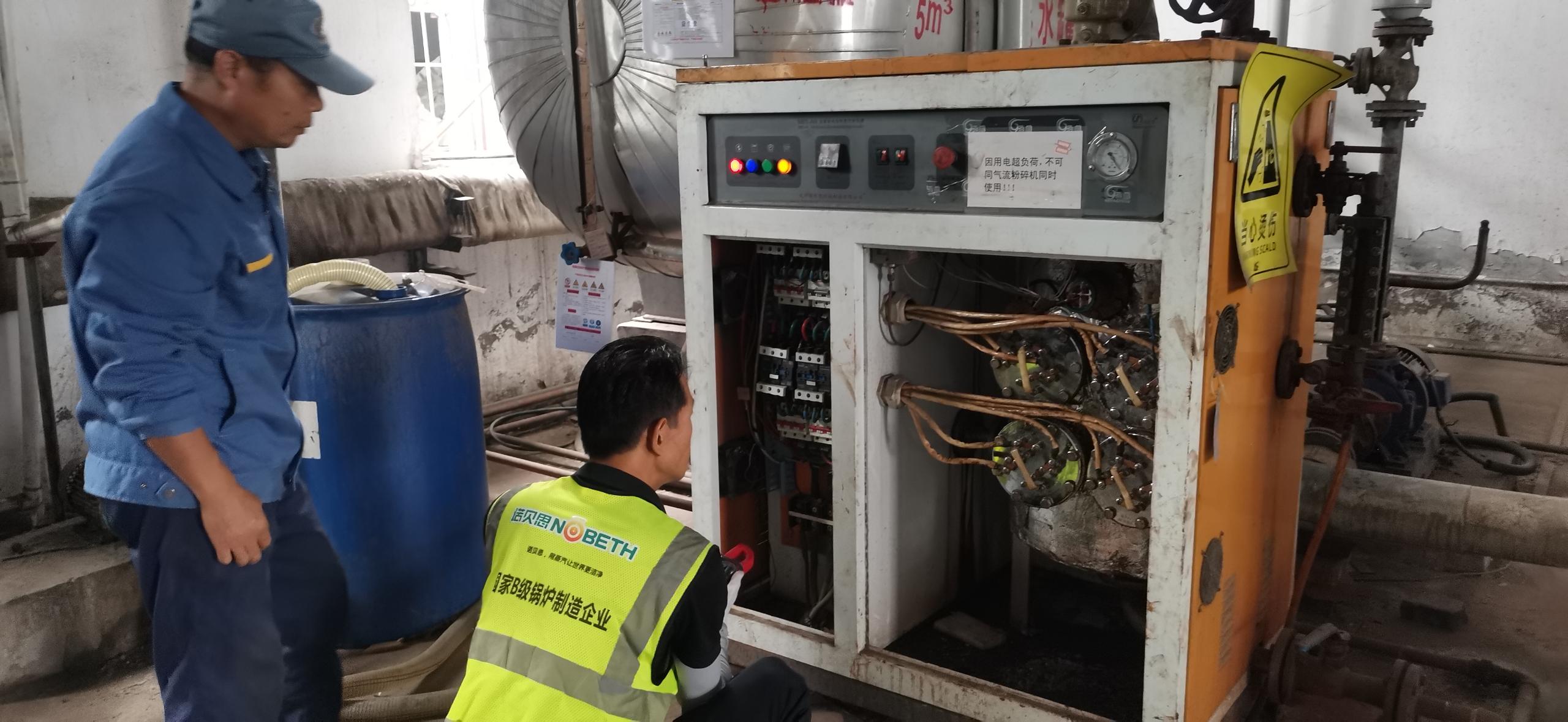The steam generator safety valve is one of the main safety accessories of the steam generator. It can automatically prevent the steam pressure of the boiler from exceeding the predetermined allowable range, thereby ensuring the safe operation of the boiler. It is an overpressure relief safety device.
It is used more and more widely in our lives, and it plays a role in ensuring the safety of the operation of steam generators. Normally, installation, repair, and maintenance must be carried out in accordance with regulations.
Steam safety valve operating specifications:
1. The steam safety valve should be installed vertically at the highest position of the steam generator trademark and header. No steam outlet pipes or valves shall be installed between the safety valve and the drum or header.
2. The lever-type steam safety valve must have a device to prevent the weight from moving by itself and a guide to limit the deviation of the lever. The spring-type safety valve must have a lifting handle and a device to prevent the adjustment screw from being turned casually.
3. For boilers with rated steam pressure less than or equal to 3.82MPa, the throat diameter of the steam safety valve should not be less than 25nm; for boilers with rated steam pressure greater than 3.82MPa, the throat diameter of the safety valve should not be less than 20mm.
4. The cross-sectional area of the connecting pipe between the steam safety valve and the boiler should not be less than the inlet cross-sectional area of the safety valve. If several safety valves are installed together on a short pipe directly connected to the drum, the passage cross-sectional area of the short pipe should not be less than 1.25 times the exhaust area of all safety valves.
5. Steam safety valves should generally be equipped with exhaust pipes, which should lead directly to a safe location and have sufficient cross-sectional area to ensure smooth flow of exhaust steam. The bottom of the exhaust pipe of the safety valve should be pretended to have a drain pipe connected to a safe location. Valves are not allowed to be installed on the exhaust pipe or drain pipe.
6. Boilers with a rated evaporation capacity greater than 0.5t/h must be equipped with at least two safety valves; boilers with a rated evaporation capacity less than or equal to 0.5t/h must be equipped with at least one safety valve. Safety valves must be installed at the outlet of the separable economizer and the outlet of the steam superheater.
7. The steam safety valve of the pressure vessel is best installed directly at the highest position of the pressure vessel body. The safety valve of the liquefied gas storage tank must be installed in the gas phase. Generally, a short pipe can be used to connect to the container, and the diameter of the short pipe of the safety valve should not be smaller than the diameter of the safety valve.
8. Valves are generally not allowed to be installed between steam safety valves and containers. For containers with flammable, explosive or viscous media, in order to facilitate the cleaning or replacement of the safety valve, a stop valve can be installed. This stop valve must be installed during normal operation. Fully open and sealed to prevent tampering.
9. For pressure vessels with flammable, explosive or toxic media, the media discharged by the steam safety valve must have safety devices and recovery systems. The installation of the lever safety valve must maintain a vertical position, and the spring safety valve is also best installed vertically to avoid affecting its action. During installation, attention should also be paid to the fit, the coaxiality of the parts, and the uniform stress on each bolt.
10. Newly installed steam safety valves should be accompanied by a product certificate. Before installation, they must be recalibrated, sealed and issued with a safety valve calibration certificate.
11. The outlet of the steam safety valve should have no resistance to avoid back pressure. If a discharge pipe is installed, its inner diameter should be larger than the outlet diameter of the safety valve. The discharge outlet of the safety valve should be protected from freezing. It is not suitable for the container that is flammable or toxic or highly toxic. For media containers, the discharge pipe should be directly connected to a safe outdoor location or have facilities for proper disposal. No valves are allowed on the discharge pipe.
12. No valve shall be installed between the pressure-bearing equipment and the steam safety valve. For containers holding flammable, explosive, toxic or viscous media, in order to facilitate replacement and cleaning, a stop valve may be installed, and its structure and diameter size shall not vary. Should hinder the normal operation of the safety valve. During normal operation, the stop valve must be fully open and sealed.
Post time: Oct-08-2023







